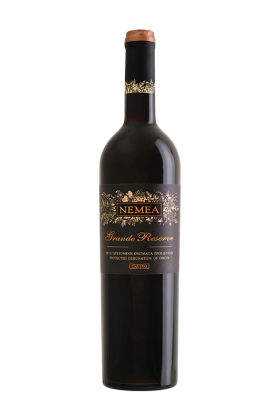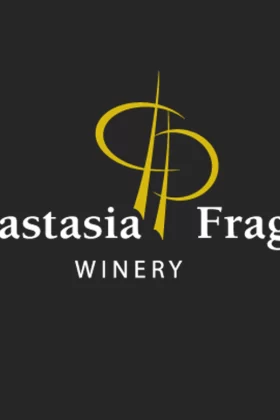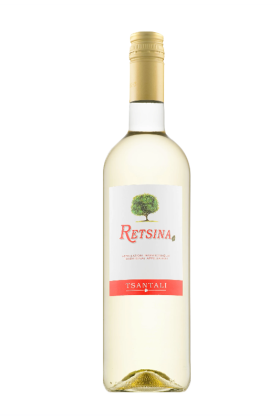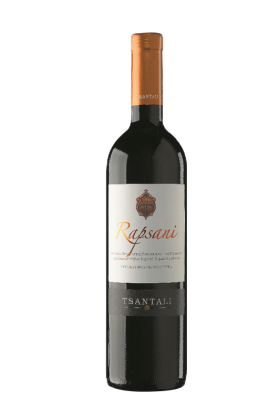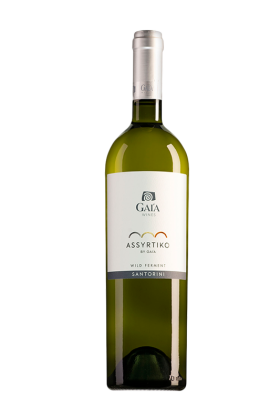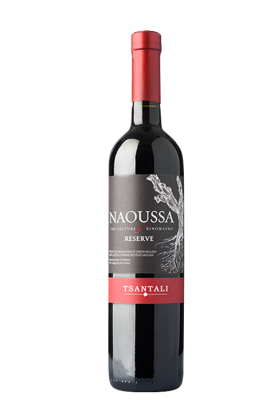- Empty cart.
- Continue Shopping
Cavino Deus Mavrodaphne of Patras PDO
$29.50
The black grape of Mavrodaphne is native to Northern Peloponnese. It is commonly used to create a sweet fortified wine known as Mavrodaphne de Patras. The palate of this wine is full of sultana, dates, molasses, and kirch.


16 in stock (can be backordered)
Add to cart
Buy Now
The legend says, Gustav Clauss, was the first to create Mavrodaphne of Patras as what it is in around 1850. The German entrepreneur who traveled to Greece not long after the young country’s independence from Ottoman Empire. While looking for new business opportunity, he came across this grape variety can be found widely in the wilderness of Northern Peloponnese. The grape variety was gathered, cultivated, named and made into what it is.
The name in Greek means ‘Black’ (Mavro), ‘Laurel’ (Daphne or Daphni). Many believe the name refers to Mavrodaphne’s tight bunches, and round berries resemble laurel berries. But some believe ‘Daphne’ is the name of a young Greek woman, who Clauss was deeply in love, but unfortunately died rather young.
This particular wine made by Cavino is composed of 70% Mavrodaphne, and 30% Korinthiaki. All selected from the Sub-mountainous zone of Patras altitude 300 – 500m.
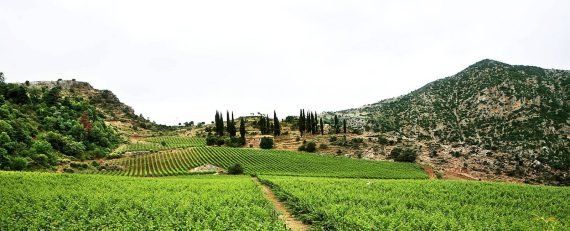
The wine-making method of Mavrodaphne of Patras is rather distinctive. The pressed juice is initially vinified in large vats exposed to the sun, to hyper-oxidize and forming rancio brown colour and flavours. Once the wine reaches a certain level of maturity, fermentation is stopped by adding distillate prepared from previous vintages. Then the Mavrodaphne distillate and the wine, still containing residual sugar, is transferred to the underground cellars to complete its maturation.
The wine of the vintage gets gradually blended into older wine using the solera method of serial blending. For the production of Cavino, winemakers would mature the wine for at least 12 months in large oak barrels to develop its complex aroma, between leaving the solera and bottling.
Due to limited extraction of anthocyanin, the wine’s colour is somewhat between colour brown and garnet. It usually presents aromas and flavors of caramel, chocolate, coffee, raisins and plums.



